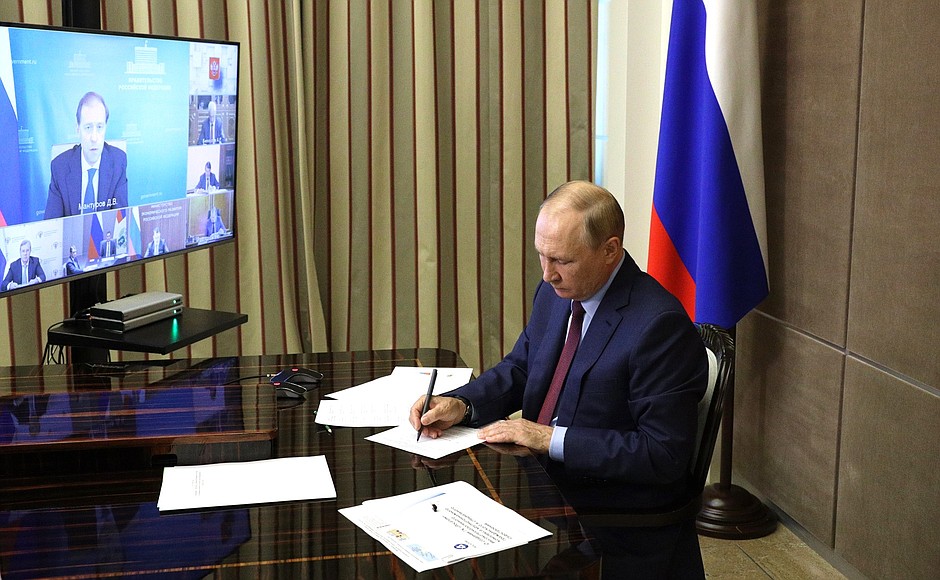Against the backdrop of foreign sanctions and restrictions, Russia plans to modernise and expand its national fleet, spending over 500 billion roubles ($6.2bln) in federal funding over the next six years to support the domestic shipbuilding sector.
The Russian government has updated its strategy for the development of the shipbuilding industry until 2050. In light of various challenges, the government will allocate the funds to those manufacturing and purchasing ships and related components.
“Since 2025, we have considerably expanded support for those manufacturing and purchasing ships and related components. In the next six years, we will spend over 500 billion roubles in federal funding for these purposes which is a record figure for the industry. A considerable share of this funding is stipulated under the new technological leadership national project Industrial Support for Transport Mobility,” Russian prime minister Mikhail Mishustin said during a meeting with deputy prime ministers on Monday.
According to the text of the updated strategy published on the government website, it is planned that under the baseline scenario of the strategy, over 1,600 civilian vessels and marine hardware are expected to be built at Russian shipyards by 2036.
Priority will be given to vessels for the Northern Sea Route and the North-South transport corridor.
Particular focus is being placed on developing capabilities for large-capacity projects, including crude oil tankers, gas carriers, shuttle tankers and bulk carriers.
Special attention is given to the construction of icebreakers, support vessels and maintenance ships, and to the accelerated renewal of the passenger and fishing fleets.
In the planning horizon extending to 2050, the government expects to expand research and development programmes, make this sector more attractive for investors and eliminate excessive administrative barriers.
“When updating the shipbuilding development strategy, we first identified the long-term demand for fleet capacity through 2050,” prime minister Mikhail Mishustin said on Monday.
This was based on forecasts for increased cargo and passenger transportation, as well as the growing extraction of aquatic biological resources.
In addition, the Russian government took into account the gradual decommissioning of existing vessels, most of which were built in the 1970s and 1980s. As it is reported, the systematic replacement of these with modern, technologically advanced ships is one of the main challenges facing its domestic shipbuilding industry.
Among the strategic priorities are to significantly increase the share of serial production of civilian vessels to make them more cost-competitive.
“Another cross-cutting industrial task – one that our enterprises are already addressing – is the replacement of foreign shipboard equipment with domestic alternatives,” Mishustin said.
In terms of fleet operation, the strategy also calls for the development of ship repair centres with well-organised supply logistics for spare parts and components.
“In most key areas, we have established a solid foundation that will allow us to ramp up production. However, to achieve this, it is critically important to overcome structural barriers within the industry, which is precisely the aim of this strategy. In particular, it includes large-scale modernisation and efforts to eliminate the shortage of shipbuilding capacity, including through the establishment of new shipyards,” the prime minister added.



